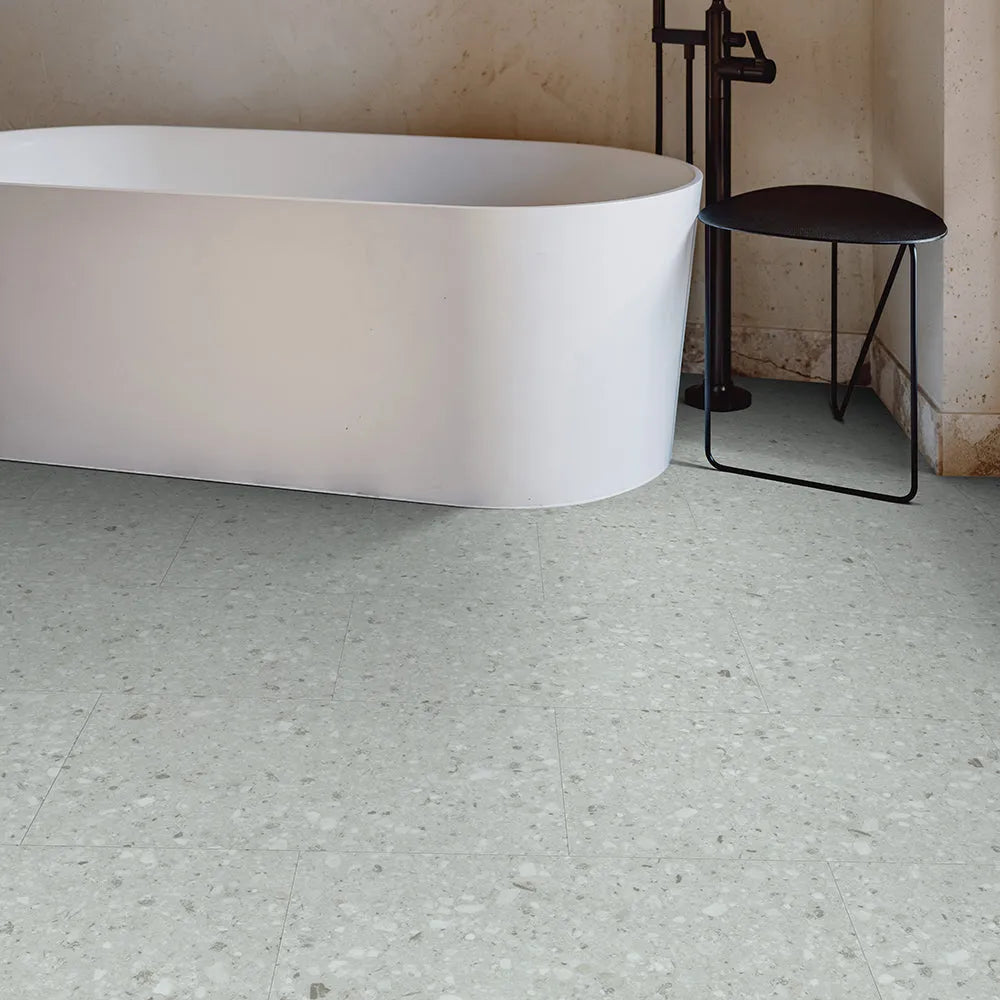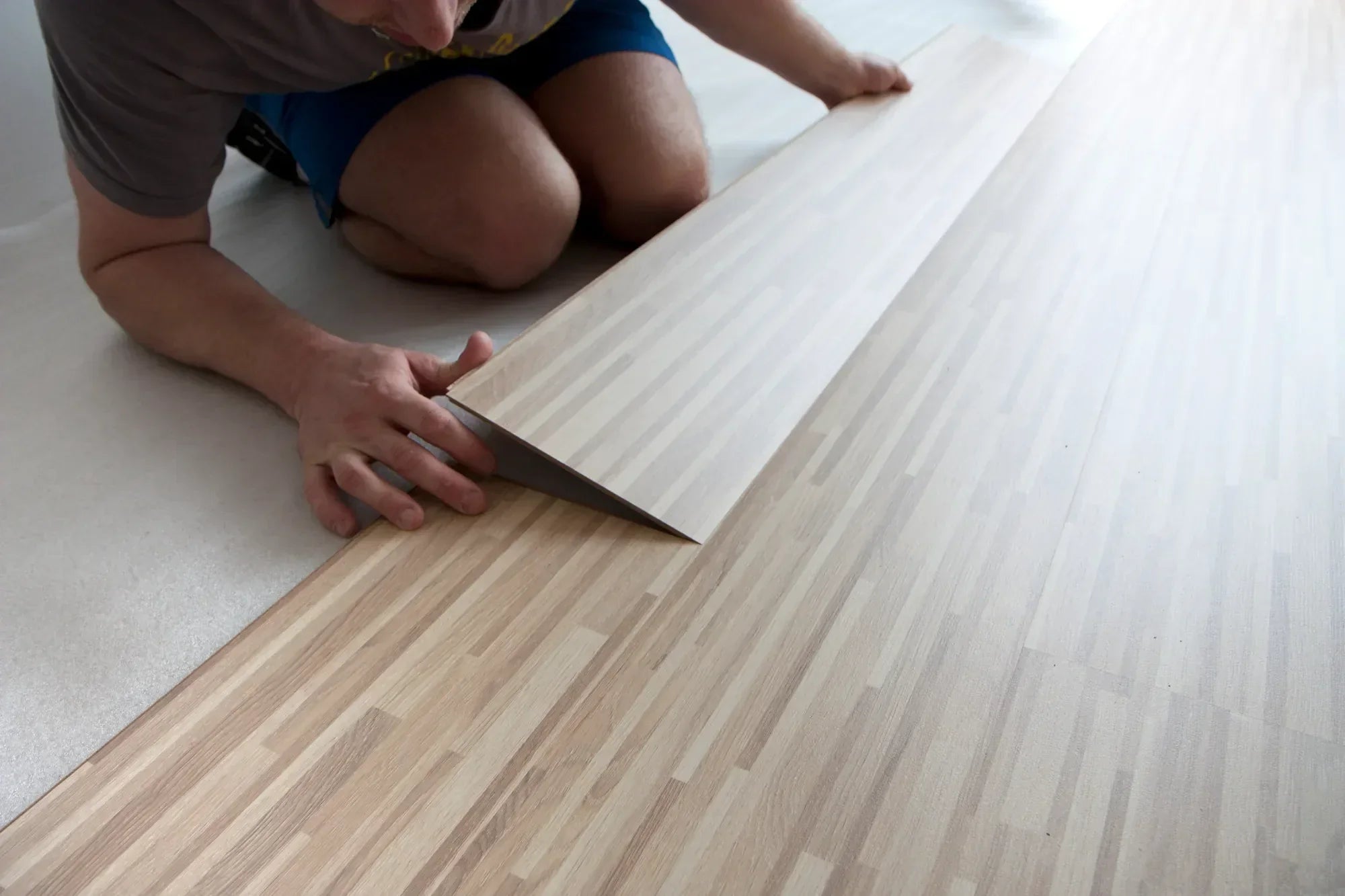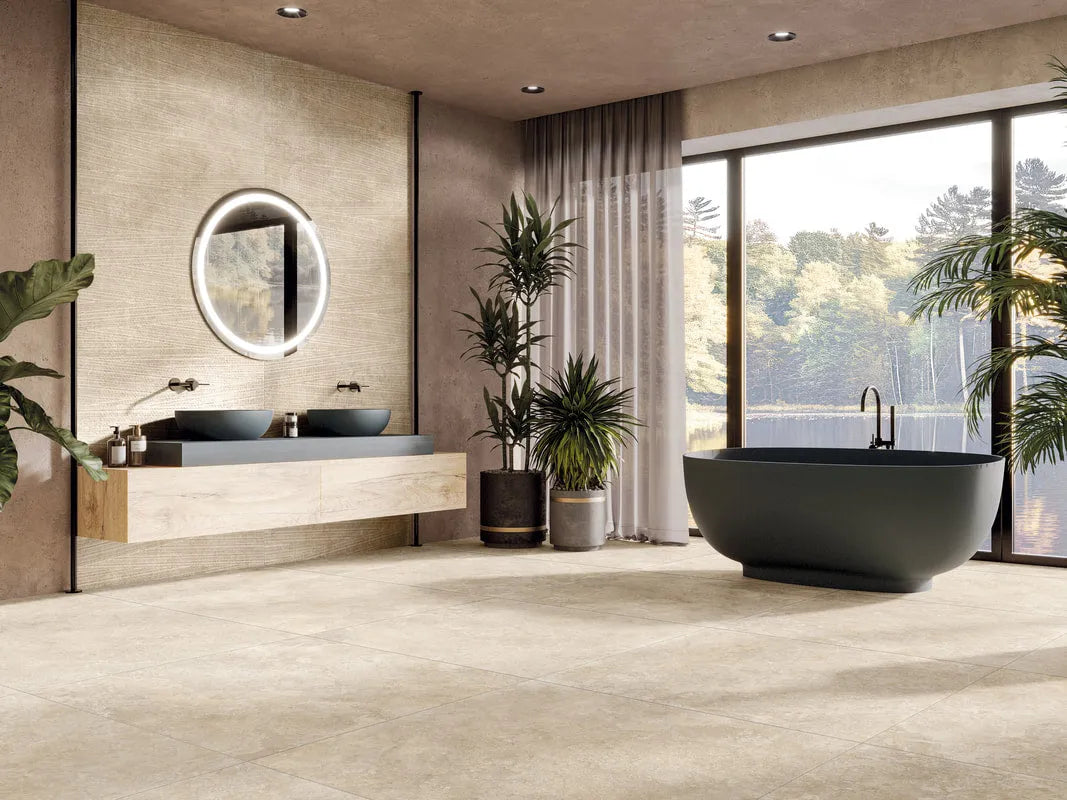Are you planning to install a new vinyl floor and wondering which installation method to choose? The decision between floating or glued-down vinyl flooring may seem complex, but it will determine the durability, comfort, and even the long-term costs of your investment. Knowing how to choose between floating and glued-down vinyl flooring will allow you to optimize your project according to your specific needs and budget.
This detailed comparison will guide you through the distinct features of each installation method. Understanding how to choose between floating or glued vinyl flooring requires analyzing several crucial factors: ease of installation, stability, durability, and the recommended applications for each technique.
Summary
- Summary
- Understanding the Basics of Floating or Glue-Down Vinyl
- Detailed comparison of features
- Installation and advantages of each type
- Recommended applications by type
- Step-by-step selection guide
- Long-term maintenance and upkeep
- Practical considerations and costs
- Common Mistakes to Avoid
- Conclusion
- FAQ
Understanding the Basics of Floating or Glue-Down Vinyl
Vinyl flooring comes in several installation methods, each offering distinct advantages depending on the intended use. Floating vinyl, also known as click vinyl, uses an interlocking system that allows the planks to float above the subfloor without permanent fastening. This revolutionary technique has transformed the flooring industry by making installation accessible to DIYers.
Glue-down vinyl, also known as adhesive or dryback vinyl, requires the application of a specialized adhesive directly to the subfloor. This traditional method creates a permanent bond between the flooring and the substrate, providing maximum stability, especially appreciated in commercial environments and high-traffic areas. Learn more about common misconceptions about vinyl flooring.
Detailed comparison of features
Here is a detailed comparison chart to help you visualize the key differences:
| Characteristic | Floating Vinyl | Glued Vinyl |
|---|---|---|
| Installation method | Click or interlocking system | Direct bonding to substrate |
| Ease of installation | Very easy (DIY) | Difficult (professional recommended) |
| Subfloor Preparation | Minimal | Extensive (perfectly smooth surface) |
| Stability | Good with undercoat | Excellent (permanent fixation) |
| Shock resistance | Excellent (absorption through undercoat) | Moderate (harder surface) |
| Thermal conduction | Good with high-performance undercoat | Excellent |
| Repairability | Easy (individual replacement) | Difficult (risk of damaging the substrate) |
| Sustainability | 15-20 years old | 20-25 years old |
| Sound insulation | Excellent (integrated underlay) | Limited |
Installation and advantages of each type
Floating vinyl: simplicity and flexibility
Floating vinyl flooring has changed the way people approach flooring installation. Inspired by the click systems used for laminate, this method has made installation much more accessible for a large number of homeowners.
One of its main advantages is the minimal preparation of the subfloor: a simple cleaning and checking of flatness are sufficient in most cases. Unlike glued vinyl flooring , floating vinyl does not require glue or specialized tools, making it an interesting option for those who do not have much technical experience or who have little time for their work.
This ease of installation translates into speed of execution: a homeowner with average DIY skills can install 20 to 30 square feet per hour, which often allows a room to be completely renovated in a single weekend. Another often underestimated advantage is its repairability . In the event of localized damage, there is no need to replace the entire flooring: simply remove the planks down to the affected area, replace them, and then reinstall them—a simple and efficient process that extends the life of the floor.

Glued vinyl: stability and performance
Installing glued vinyl requires a methodical and professional approach. Subfloor preparation accounts for 70% of the installation's success. The subfloor must be perfectly smooth, clean, dry, and stable. Applying the adhesive requires considerable technical expertise.
The unparalleled stability of bonded vinyl makes it the preferred choice for commercial applications and high-traffic areas. Bonded vinyl's optimal thermal conductivity also makes it ideal for radiant heating systems.
Recommended applications by type
When to choose floating vinyl
Floating vinyl excels in residential applications where ease of installation and repair are paramount. Bedrooms, living rooms, family rooms, and home offices are ideal environments. Its shock-absorbing properties make it particularly suitable for homes with children.
Basements are a prime application for floating vinyl. Its natural moisture resistance, combined with the thermal insulation of the underlayment, creates a comfortable environment even on a concrete slab.
When to choose glued vinyl
Bonded vinyl is ideal for commercial environments and high-traffic residential areas. Restaurant kitchens, lobbies, hospital corridors, and retail spaces benefit from its exceptional stability.
Radiant heating installations benefit from the superior thermal conductivity of bonded vinyl. However, this application requires professional expertise to avoid problems related to thermal expansion.

Step-by-step selection guide
To fully understand how to choose between floating and glued vinyl flooring, follow this structured methodology that takes into account all the factors relevant to your situation.
- Assess usage intensity: Determine the daily traffic level. Low- to medium-traffic areas are suitable for floating, while high-traffic areas require glue.
- Analyze your installation skills: Be honest about your DIY abilities. Floating tiles forgive minor mistakes, while glued tiles require professional precision.
- Consider the length of occupancy: For a permanent residence, both options are suitable. For a rental property, floating offers more flexibility.
- Examine the existing subfloor: An imperfect subfloor favors floating, while a perfect subfloor allows you to consider glued.
- Assess your heating needs: Radiant heating works best with glued-in heaters. Conventional heating works well with both.
- Calculate the total budget: Include materials, tools, preparation, and potential labor for a fair comparison.
Long-term maintenance and upkeep
Maintenance requirements differ significantly between the two systems, impacting long-term costs and user satisfaction. Understanding how to choose between floating and glued vinyl flooring will help you anticipate these maintenance needs.
Floating vinyl requires minimal maintenance thanks to its protective surface and the insulation of the underlayment. Regular sweeping and weekly cleaning with a slightly damp mop are sufficient. Monitoring the seams is the main point of attention.
Bonded vinyl tolerates more aggressive cleaning methods due to its permanent bond. Soft brush cleaners are suitable for commercial applications without the risk of peeling the coating. Periodic inspection of edges and corners is crucial.
Practical considerations and costs
A complete financial analysis should include all direct and indirect costs for an informed decision on how to choose between floating and glued vinyl flooring.
Floating vinyl offers the advantage of a realistic DIY installation, eliminating labor costs that often account for 50% of the total budget. Glue-down vinyl generally requires professional installation, especially for larger areas.
The repairability of floating vinyl translates into substantial cost savings in the event of localized damage. The superior durability of bonded vinyl can justify its higher initial cost in heavy-duty applications. Localized repairs using bonded vinyl are also possible by a professional.
Common Mistakes to Avoid
Certain recurring mistakes can compromise the success of your project, regardless of the method chosen.
Mistakes with floating vinyl: Neglecting quality underlayment, ignoring material acclimation, underestimating necessary expansion joints.
Mistakes with glued vinyl: Insufficient subfloor preparation, poor adhesive selection, and poor environmental conditions during installation.
Conclusion
The choice between floating and glued-down vinyl flooring depends on your specific priorities, budget, and intended use. Floating vinyl offers an affordable, repairable, and comfortable solution, ideal for most residential applications. Its ease of installation and flexibility make it the preferred choice for homeowners concerned about independence.
Bonded vinyl excels in demanding environments where maximum stability and long-term durability are more important than ease of installation. Its higher initial cost is justified by superior performance in heavy-duty applications and optimal compatibility with radiant heating systems.
At Emard Couvre-Planchers, we offer a complete range of vinyl flooring suitable for all your projects, whether they require floating or glued-down installations. Our team of experts can assist you in your selection and ensure a professional installation tailored to your needs. Also discover our quality underlayments to optimize your floating installation, or consult our blog for more maintenance tips. Contact us for a personalized consultation and transform your space with the perfect vinyl floor for your situation!
FAQ
How do I choose between floating and glued vinyl flooring for my kitchen?
For a residential kitchen, floating vinyl is ideal due to its moisture resistance and ease of maintenance. Choose a model with integrated underlayment for optimal comfort. Glued vinyl is only necessary for commercial or high-traffic kitchens.
Is floating vinyl compatible with radiant heating?
Yes, modern floating vinyl is compatible with radiant heating, provided you use an underlayment specifically designed for this application. Ensure the total thermal resistance does not exceed 0.15 m²K/W for optimal efficiency.
Can I install floating vinyl over an old ceramic floor?
Absolutely! This is actually one of the great advantages of floating vinyl. Make sure the surface is clean, stable, and relatively flat. A quality underlayment will compensate for any minor imperfections in the ceramic tile joints.
What is the average lifespan of each type of vinyl?
Quality floating vinyl typically lasts 15-20 years under normal residential use, while glued vinyl can last 20-25 years. Durability largely depends on product quality, installation, and regular maintenance.



